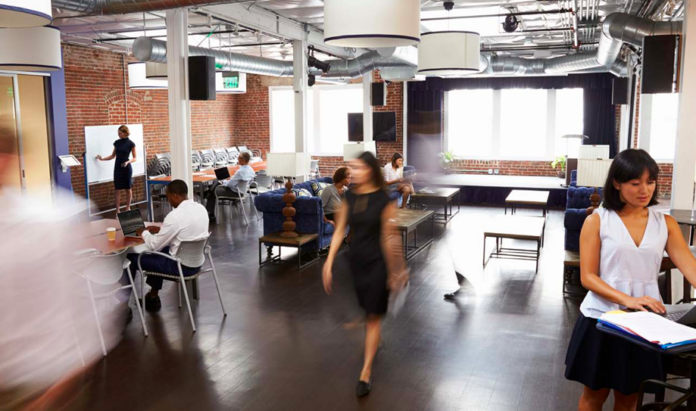While most employees in the Asia-Pacific region (APAC) are willing to return to the office at least a few times a week, a new Cisco study found that more than half of employees believe that offices no longer fit their purpose.
Examining employee and employer attitudes about current workspaces, the study revealed that workspace design, layout and technology have not kept pace with changing employee expectations.
The study is based on a double-blind survey of 9,200 full-time employees and 1,650 employers surveyed in November 2023. Respondents are from seven APAC markets including Australia, Hong Kong, India, the Philippines, Taiwan, Thailand and South Korea.
Findings show that 79% of companies in APAC have mandated a full or partial return to the office with productivity, team communication and leadership pressure as key drivers.
Contrary to the popular belief that most workers are reluctant to go back to the office, seven out of 10 (71%) employers say employees responded positively to their organisation’s mandate to return to the office, and 77% of employee respondents expressed a desire to return to the office at least a few times per week.
“Our study reveals that employees across the region have embraced hybrid work and are willing to return to the office more often, but with a caveat, workspaces must adapt to their evolving needs and expectations,” said Sandeep Mehra, managing director on collaboration sales, at Cisco APJC.
“In the era of hybrid work, we must prioritise the evolution of our office spaces and technology to meet the needs of employees,” said Mehra. “Technology has become critical in delivering on these expectations to promote productivity and a collaborative environment – no matter an employees’ location.”
Despite the positive reception to the office return, employees’ motives for in-office work have significantly evolved.
The main reason for their return is not individual work, but rather to collaborate (77%), ideate and brainstorm with colleagues (63%) and foster a sense of belonging (48%). This shift signifies a change in employee expectations and needs for their workspaces.
Across the markets surveyed, more than half (64%) of employees believe that their office is not fully fit for purpose to enable them to do their best work.
When referring to office layouts and seating arrangements, 81% of employees feel these are not conducive to collaboration and brainstorming purposes.
While there is a growing emphasis on collaboration, 86% of employers surveyed still allocate at least half of their offices to individual workspaces.
The study further highlights that workspaces are not ready for this new way of working. Employees feel that individual workstations (60%), large (66%) and small (72%) meeting rooms are ineffective at boosting productivity in the office, or only do so moderately at best.
Among employers who find meeting rooms ineffective in boosting in-office productivity, the main reasons are insufficient audio and video endpoints (52%), poor quality of audio-visual experience (46%), lack of inclusive audio and video endpoints (41%) and inconsistency in the experience for remote and in-office participants (35%).
On average, just over half (52%) of the meeting rooms across organisations are equipped with video and audio capabilities.
On a positive note, the study reveals that organisations are making progress to transform their office spaces. Four out of five employers have already made changes post-pandemic and 81% plan to do so in the next two years.
The main drivers of transformation include adapting to technological advancements (59%), meeting changing employee expectations for workspaces (55%) and better enabling hybrid work (53%).
















